Last-Minute NYC Holiday Gift Guide 🎁
We’ve created a holiday gift guide with presents for the intrepid New Yorker that should arrive just in time—


Pretty much every set of directions in New Orleans can be given in relation to the Mississippi River, Canal Street, or Lake Pontchartrain. Part of the justification for this is the practice of building long avenues in the city – some streets, like Magazine Street, are more than six miles long, and often travel through several neighborhoods as they progress.
Ursulines Avenue, a thirty-block stretch that runs between the river and the Mid-City bayou, is one of these streets. When I lived there, the changing character of the micro-neighborhoods evident on Ursulines always fascinated me: parts of gentrified Bayou St. John, Esplanade Ridge, the Treme, and the French Quarter are all represented. And even though Ursulines Avenue isn’t exactly prime tourist territory – you probably won’t catch groups of tourists being herded down this road like you might in the Garden District – I think it’s a lovely example of the off-kilter beauty of New Orleans.
At its end in Bayou St. John, Ursulines is a broad, two-laned true avenue, lined with ferns, oak trees, New Orleans’ ever-present palm trees, and grand old homes.

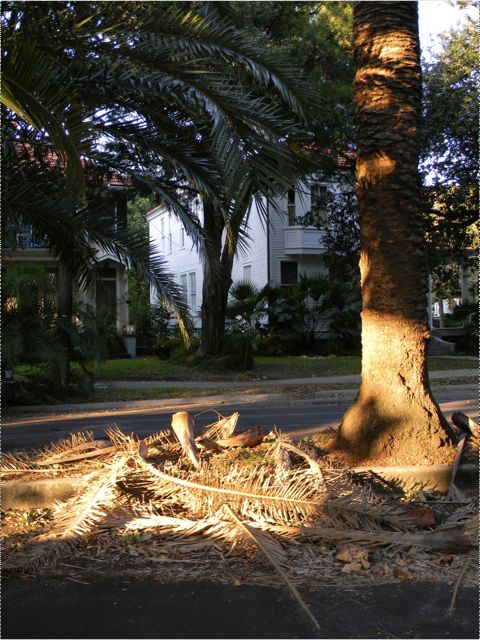

No neighborhood in New Orleans is too proud to be flying Saints-related banners.

Though I’ve never quite figured out what the legal interpretation for this is, New Orleans’ zoning regulations are somewhat”¦lax. It’s not at all uncommon for residential neighborhoods to contain barbershops, nail salons, and convenience stores. At the end of this somewhat bourgeois section of Ursulines Avenue, the convenience store Soprano’s sells all manner of downmarket goods: single tall boy beers, condoms, miscellaneous dry items in curious packaging, and hot lunches.
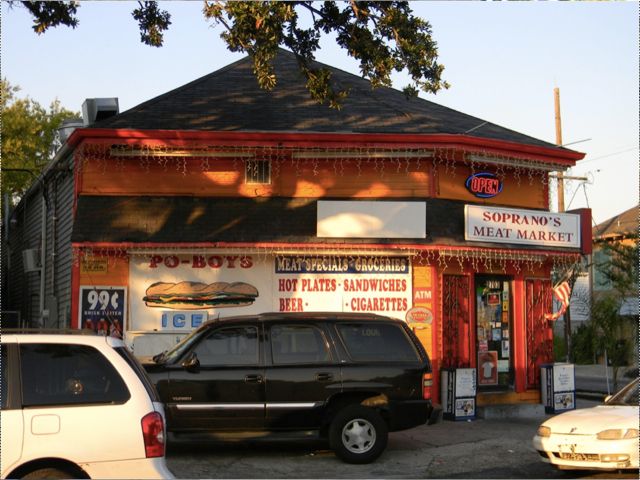
Soprano’s also marks a change in character for the avenue. At Broad, Ursulines crosses into outer Mid-City/Treme-Lafitte (the line of demarcation is not clear).

Here, homes are smaller and less well-maintained, litter and debris becomes more common, and the neighborhood becomes more working-class. Abandoned homes also have a greater presence.
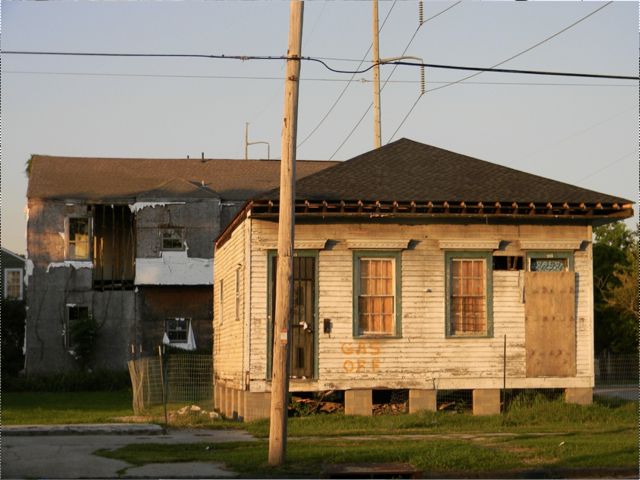

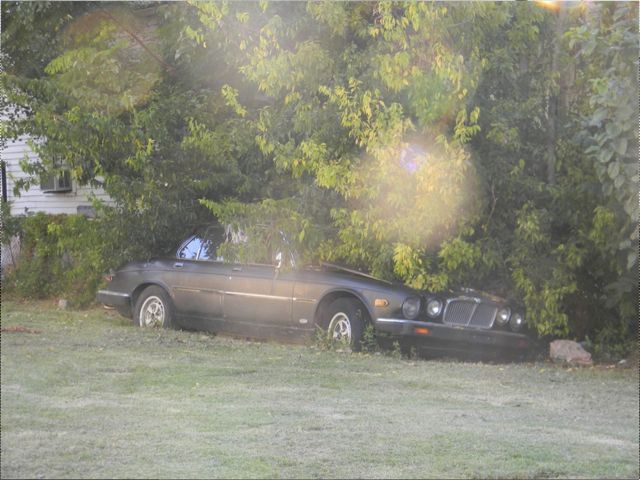

At the end of this section of Ursulines Avenue sits the historic St. Ann Grotto. The original National Shrine of St. Ann was also in the area, and the building is still there, but the parish moved to Metairie in the 1970s due to changing demographics (also known as “white flight” ).
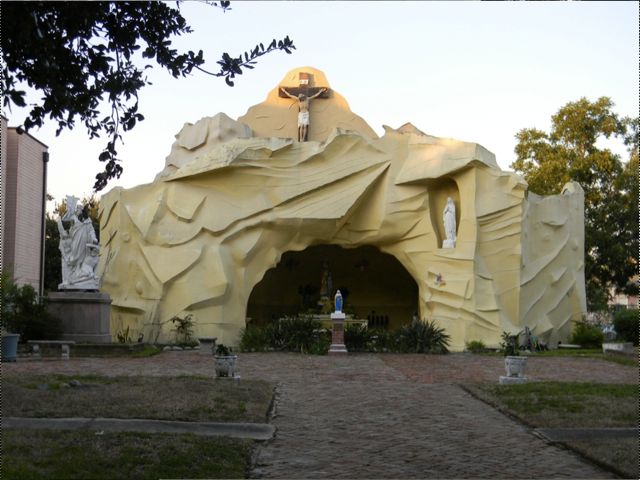
Across the street, at a vacated and decrepit church, a mural is in progress.

Ursulines then gets temporarily cut off by the Interstate-10 overpass and Claiborne. This is one of the strange things about the continuation of the avenues. You can’t bike or drive directly along Ursulines from Mid-City to the river; you have to go around the exit ramp and pick up Ursulines on the other side. Why call it the same street?
People often congregate under this long overpass, particularly on Mardi Gras day: it’s a common gathering place for New Orleans’ large African-American community.
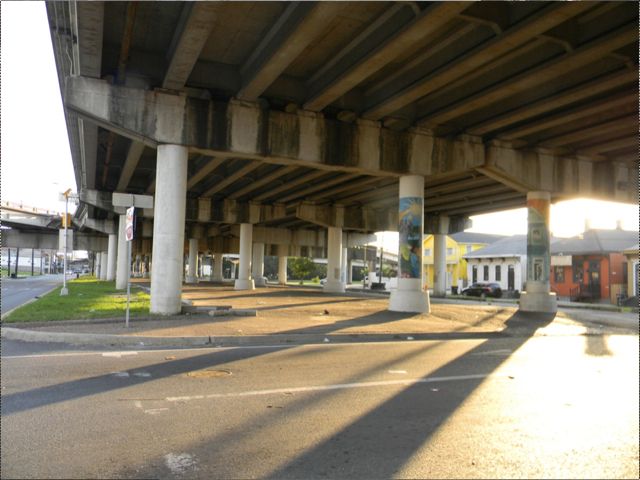
After you cross this barrier, you arrive in the true Treme, now nationally famous after its appearance on the HBO show of the same name. The Treme is a small, eccentric neighborhood with an odd cultural flavor, home to African-American families and artistic types who can’t afford to live in the high-rent French Quarter.
People in the Treme, like elsewhere in New Orleans, are never shy about decorating their houses.
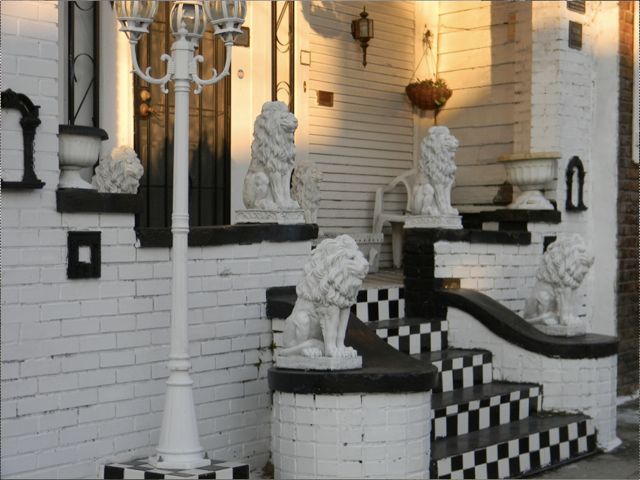
In the Treme, Ursulines becomes one-way, and the streets narrow.

Houses in this neighborhood are almost universally “shotguns,” or long, narrow one-story homes, often divided into two units.


The dividing line between the Treme and the French Quarter is Rampart, another broad two-lane artery. In a car, you can’t actually make this crossing on Ursulines – the street is one-way the wrong way. On foot, you get the opportunity to gaze up into the burned-out shell at the corner. The building was vacant when it burned.
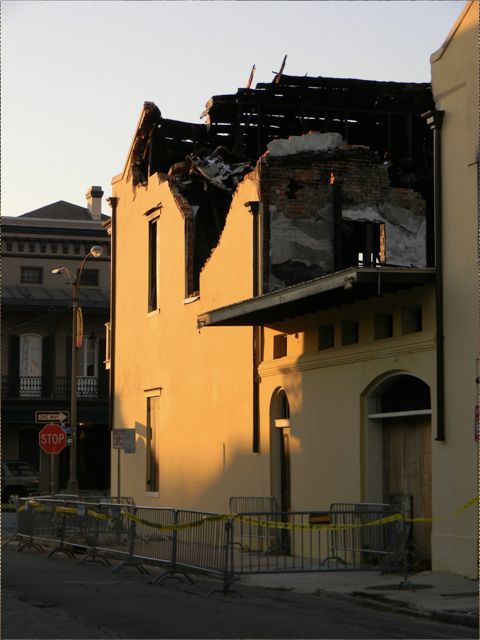
On the Quarter side, Ursulines starts to look more like the New Orleans people recognize from postcards: iron-wrought balconies, charming patisseries, and high fences around (presumably) enchanting courtyards.

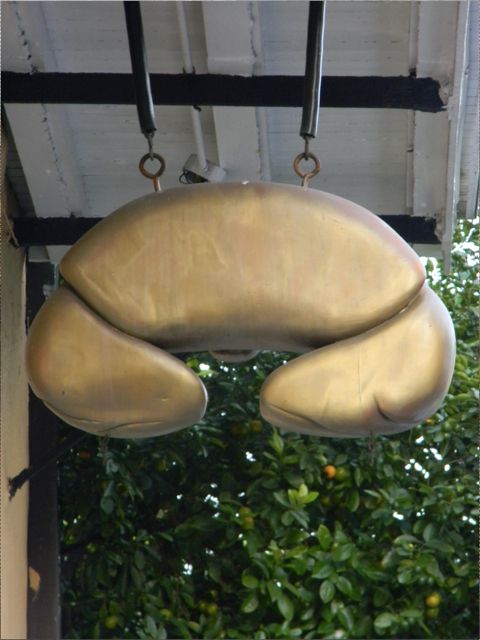
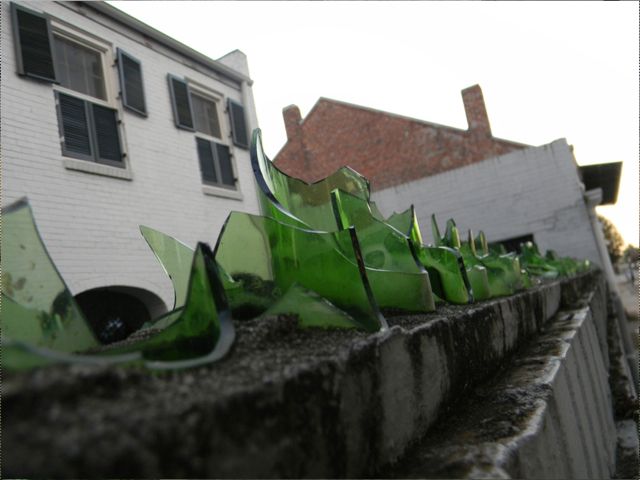
Near the end of Ursulines lies the Ursulines Convent, New Orleans’ “oldest and most historic” building (the sign says so).

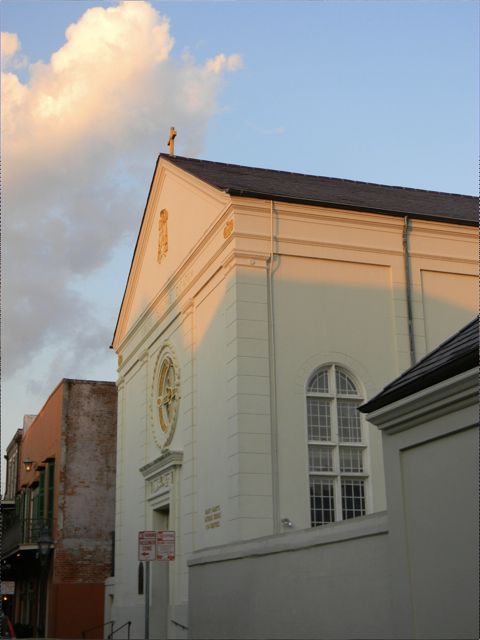
The avenue then ends at Decatur Street, which is, aside from Bourbon Street, the epicenter of New Orleans tourism. If you could see past the buildings and the levee, you’d see the river – the end of our walking tour. Time for a cocktail.

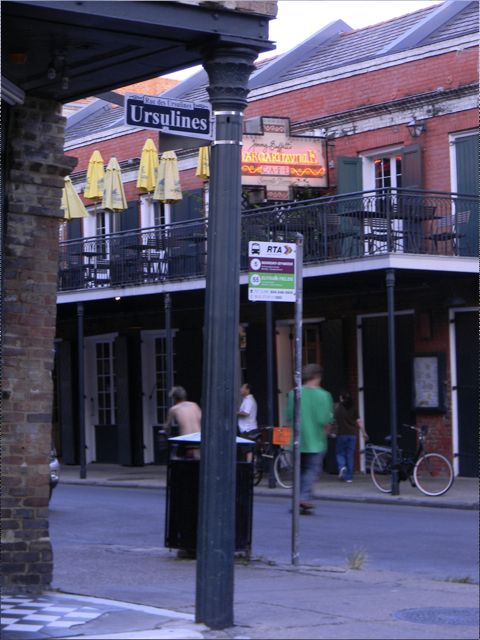
Subscribe to our newsletter